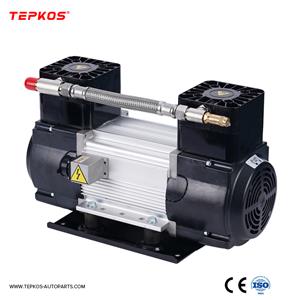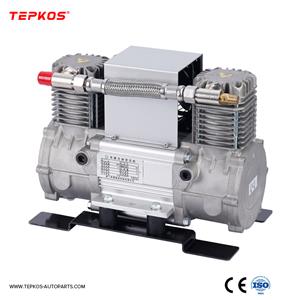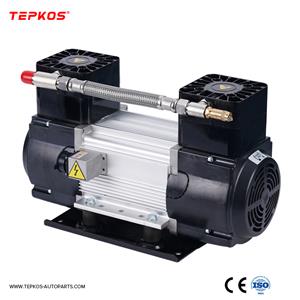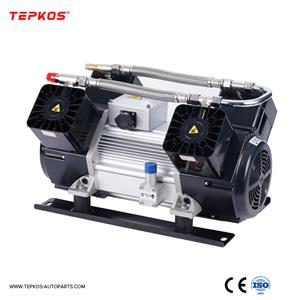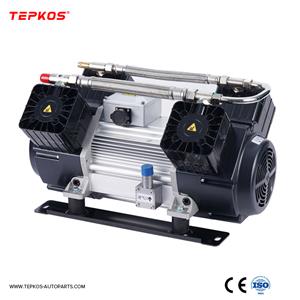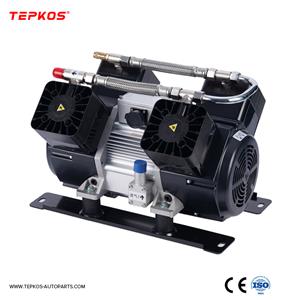- Home
- >
- News
- >
- Company News
- >
- What Is An EV Axle?
What Is An EV Axle?
In the world of electric vehicles (EVs), there are a variety of components that make them unique and efficient. One such critical component in any vehicle's drivetrain system is the Electric Vehicle (EV) axle. The EV axle plays a crucial role as it helps transmit power from the motor to the wheels. In this article, we will explore what exactly an electric vehicle axle is, how it works and its importance for efficient operation of any EV drivetrain system.
What Is An EV Axle?
An electric vehicle axle consists of several key components including wheel hubs, CV joints or drive shafts that help in transmitting torque generated by the engine into rotational force at each wheel. This assembly also includes bearings which allow smooth rotation without causing unnecessary friction. The entire unit acts like a bridge between your car's powertrain and suspension systems, ensuring optimal performance while minimizing energy loss due to resistance caused by various factors such as road conditions etc.
The main function of an EV axle is to transfer motion from one part of a machine to another using gears or belts so that they can work together efficiently. It serves as an interface connecting different parts within a drivetrain mechanism enabling them to perform their designated tasks with precision & efficiency.
How Does An EV Axle Work?
An electric vehicle uses an electric motor instead of an internal combustion engine found in traditional gasoline vehicles. This means there are no pistons, crankshafts, or camshafts involved when generating torque which makes things simpler for designers who want to create more efficient cars without sacrificing too much space under hood area where these components would normally reside. Instead, most modern EV designs use wheel hub motors integrated directly into each wheel assembly itself making it easier for manufacturers to control individual wheel speeds during operation thus improving overall handling characteristics significantly compared to conventional ICE vehicles.
When you step on the accelerator pedal, current flows through wires connecting battery packs located at either end of the chassis frame into controller units placed strategically throughout vehicle body. These controllers convert electrical signals sent via wiring harnesses into mechanical commands directing rotor movements inside wheel hub assemblies causing them to rotate rapidly producing forward thrust necessary for propulsion. As speed increases, so does back EMF voltage generated across stator windings further increasing rotational velocity until maximum rpm is reached.
Importance Of EV Axles For Drivetrain Systems
Electric vehicle axles play a vital role in optimizing driving dynamics especially considering their unique operating principles vis-a-vis traditional gasoline engines. They help ensure smooth transmission of torque from drive shafts onto wheel hubs without creating any unnecessary friction thereby reducing energy wastage resulting from heat generation due to rubbing surfaces against each other.

